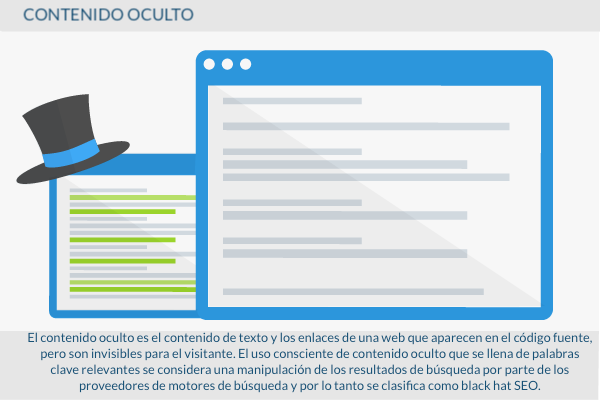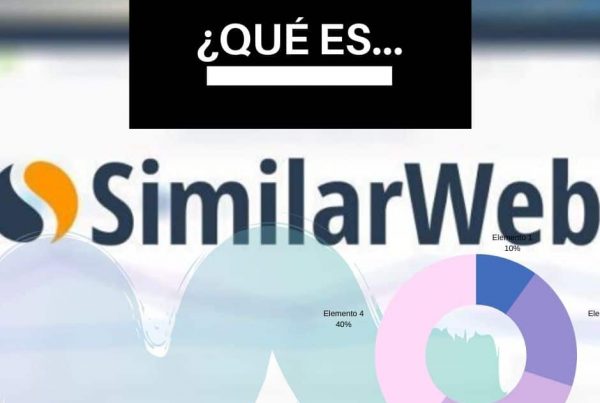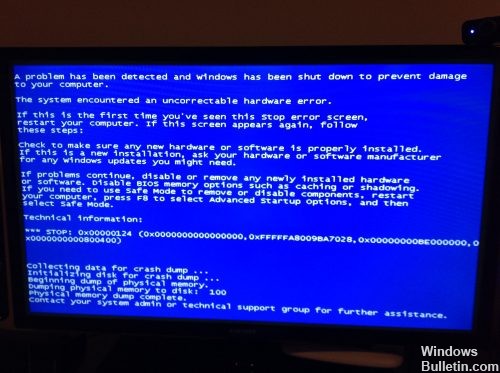The hidden content It is the text content and links of a website that appear in the source code, but are invisible to the visitor. Conscious use of hidden content that is filled with relevant keywords is considered manipulation of search results by search engine providers and is thus classified as black hat SEO.
Hidden content in practice
Hidden content can be used in a number of ways.
- Manipulation of font properties: The easiest way to make content invisible to users is to set the font size of the text to "zero" with CSS or make the font color the same as the background with a color command.
- Hide CSS items: Another variation is to hide a complete CSS container with the commands "visibility: hidden" (visibility: hidden) or "display: none" in the front end.
- Image manipulation: Hidden content can be hidden behind images stored in the system. The text is hidden behind an image and is thus invisible to users.
- Hidden links: To hide a link, you can link a special character that does not appear in the front-end, but is only visible in the source code.
These variations of the relevant search terms appear in the source code without being in the visible part of the web portal. The hidden content is in this way readable by search engines.

Hidden content and SEO
When search engine optimization as well as search engine technology was still in its early stages in the mid-1990s, it was relatively easy for webmasters to have their websites on the first pages of search results. search engines for specific keywords. A popular method of choice for this purpose was the use of hidden content. An accumulation of keywords was hidden on the web page to provide bots with the content needed for specific keywords. At that time, search crawlers were not yet able to distinguish hidden content from simply displayed content. Currently, however, search engine robots can identify hidden content with great precision.
Possible consequences of using hidden content
All major search engines such as Google, Bing or Yahoo have written respective guidelines for webmasters, in which hidden content is explicitly or indirectly classified as a search results manipulation. The consequences of non-compliance with the guidelines range from a penalty for each of the subpages to the complete exclusion of a website from the index. Fundamentally in light of the continuous optimization of search algorithms, in this way, it is not recommended to integrate hidden content in your SEO strategy.
Hidden content allowed
Websites are supposed to be optimized for users, not search engines. Consequently, as a webmaster you must ask yourself if your optimization strategies benefit your website visitors. In many cases, text items can significantly alter the design of a web portal. However, web designers and SEOs must work together to find a solution to accommodate the text on the page despite many images. A minimal optimization option is use image alt tags to describe the image with relevant keywords. Image title tags can also be used to place specific information for users, as well as relevant keywords. The massive use of keywords or keyword combinations should be avoided, since this could be interpreted in the extreme case as keyword stuffing by search engine robots.
To ensure a better appearance of a website, you can use the text with the mouse and the buttons to show and hide the text. It is always advisable to place as much visible text as possible "[Above the Fold | above the fold]]".
Web Links






